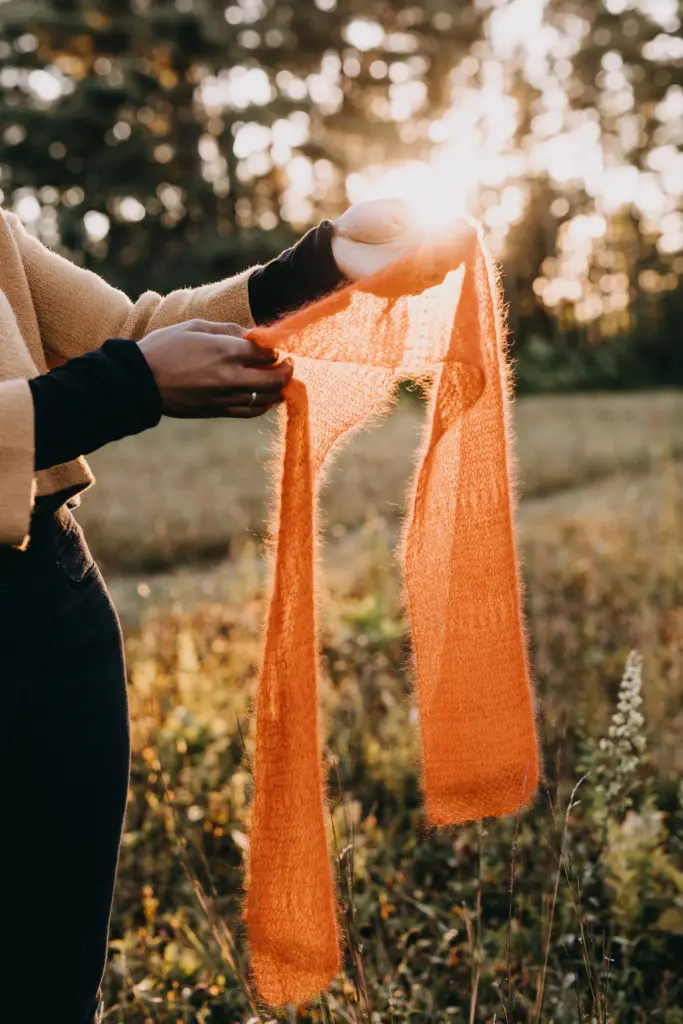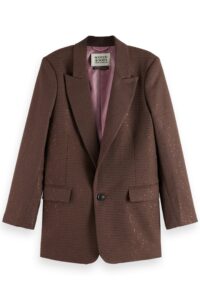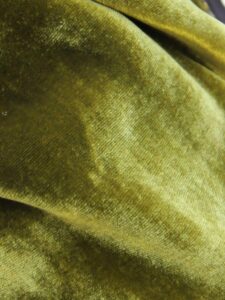Is Felt Compatible with Mohair for Sewing?
Introduction
Fabric compatibility is crucial in fashion and sewing, ensuring that the final product is both functional and aesthetically pleasing. When considering felt and mohair, two distinct textiles, understanding their compatibility can help in crafting unique garments or home decor items. This article will explore whether these fabrics can be successfully combined and provide insights into their properties, benefits, challenges, and care.
Compatibility Analysis
Yes, felt and mohair can be compatible for sewing projects, but with some considerations.
Felt, a dense fabric made from matted fibers, typically has no stretch and a smooth, sometimes fuzzy texture. Mohair, derived from the Angora goat, is known for its luxurious, silky feel and slight elasticity. Their compatibility hinges on understanding these differences:
- Texture: Both fabrics have unique textures that can complement each other if used thoughtfully.
- Weight: Felt is generally heavier, while mohair is lighter, affecting how they drape together.
- Stretch: Mohair has some natural stretch, unlike felt, which can impact seam stability.
- Care Requirements: Mohair often requires gentle washing, while felt can be more robust.
- Durability: Felt is durable but can pill over time; mohair is strong but delicate.
Fabric Properties Comparison Table
| Property | Felt | Mohair |
|---|---|---|
| Fiber Content | Typically synthetic or wool | Natural (from Angora goat) |
| Weight and Thickness | Heavy and dense | Light and airy |
| Breathability | Low | High |
| Stretch and Elasticity | None | Moderate |
| Wrinkle Resistance | High | Moderate |
| Care Instructions | Cold wash, air dry | Hand wash, air dry |
| Durability and Wear | High, but can pill | Durable, but delicate |
Benefits of Mixing These Fabrics
Combining felt and mohair can enhance the texture and visual interest of a project. The contrasting weights and textures offer improved comfort and performance, adding a unique drape and movement to garments. This blend is cost-effective, leveraging the durability of felt with the luxurious feel of mohair. The combination is versatile across seasons and opens up numerous design possibilities in both fashion and home decor.
Potential Challenges
- Different Shrinkage Rates: Mohair may shrink more than felt, requiring pre-treatment.
- Conflicting Care Requirements: Mohair’s delicate nature may clash with felt’s robustness.
- Texture Clash or Pilling: The smoothness of mohair can highlight felt’s tendency to pill.
- Seam Puckering: The stretch difference can cause puckering.
- Color Bleeding or Fading: Test for colorfastness before combining.
Solutions: Pre-wash fabrics, use stabilizers, and test small swatches to mitigate these issues.
Sewing & Styling Tips
- Sewing Techniques: Use a stretch needle for mohair and a sharp needle for felt.
- Needle and Thread: Polyester thread works well; consider a size 90/14 needle.
- Interfacing and Stabilizer: Lightweight interfacing can stabilize seams.
- Seam Finishing: Use a zigzag stitch to prevent fraying.
- Pattern Selection: Choose patterns that highlight texture contrasts.
- Styling Ideas: Pair felt’s structure with mohair’s elegance in jackets or cushions.
Care & Maintenance Guide
- Washing Instructions: Hand wash in cold water to preserve both fabrics.
- Drying Recommendations: Air dry flat to avoid stretching.
- Ironing and Steaming Tips: Use a low heat setting; test on a small area first.
- Stain Removal: Use gentle, fabric-specific cleaners.
- Long-term Care: Store in a cool, dry place to prevent damage.
FAQ Section
-
Can you wash felt and mohair together?
Yes, but use cold water and gentle detergent. -
Will mohair shrink more than felt?
Likely, so pre-wash mohair before sewing. -
What needle size should I use for sewing felt and mohair together?
A size 90/14 needle is recommended. -
Can you mix felt and mohair in one garment?
Yes, with careful planning and stabilization. -
How do you prevent seam puckering when combining these fabrics?
Use a stabilizer and adjust tension settings. -
Is it okay to mix felt and mohair for upholstery?
Yes, but consider durability and care needs. -
What’s the best way to finish seams with these fabrics?
A zigzag stitch or serger works well.
In conclusion, while felt and mohair present some challenges when combined, their unique properties can be harnessed to create beautiful, functional pieces with the right techniques and care.



Leave a Reply